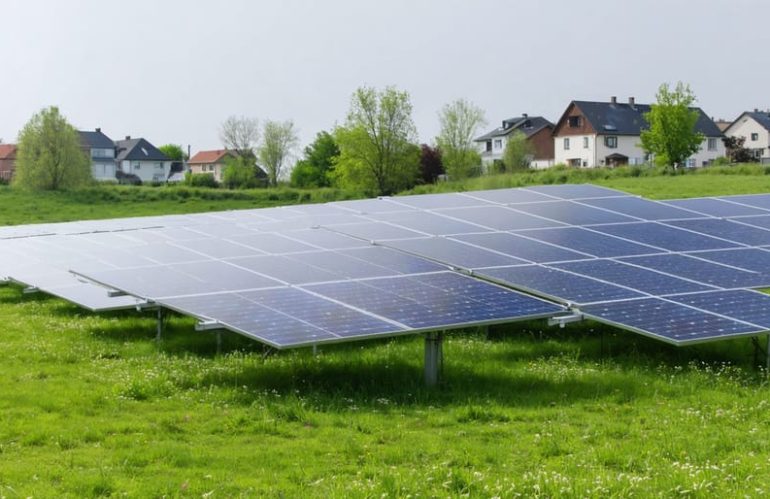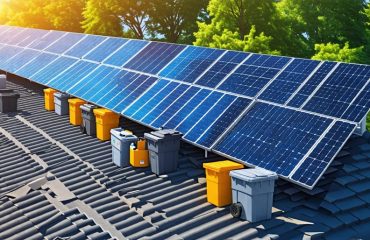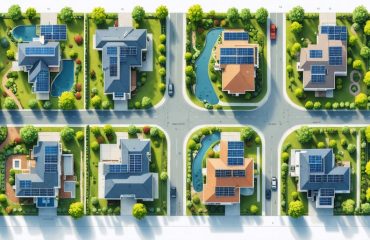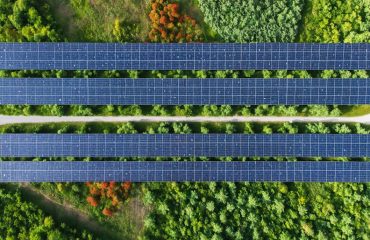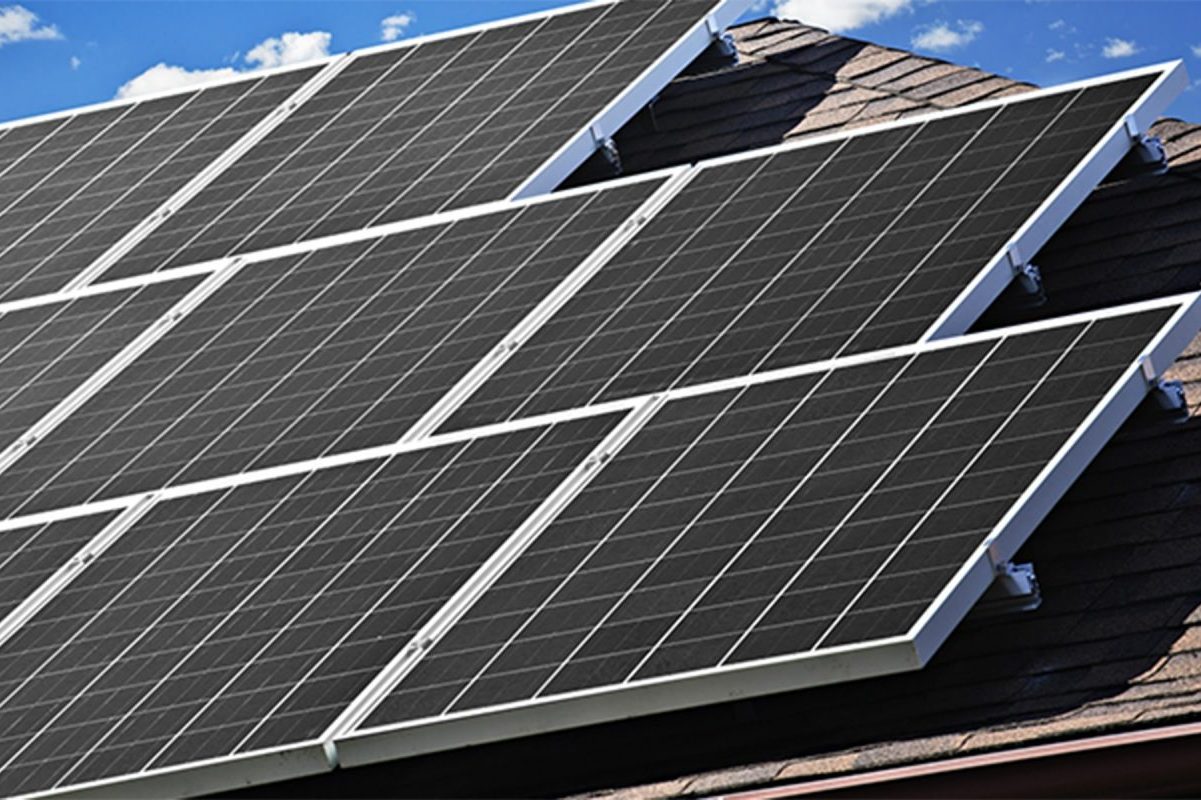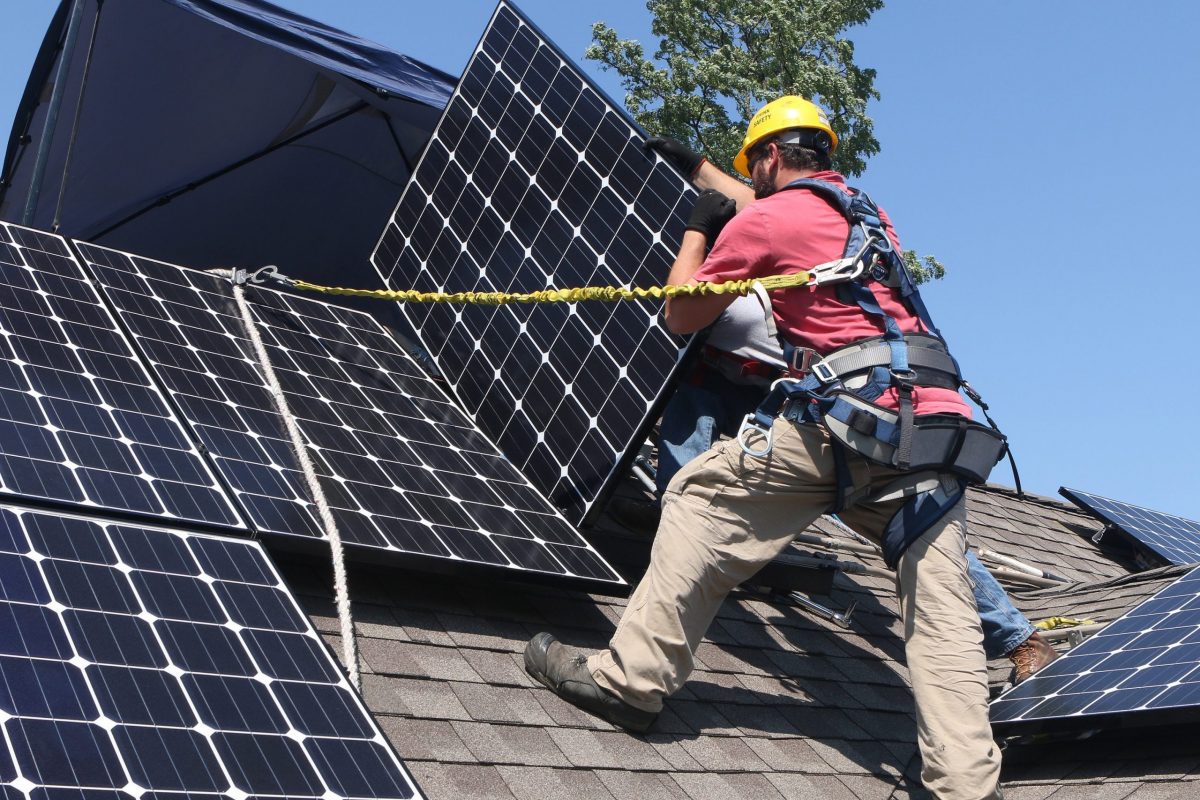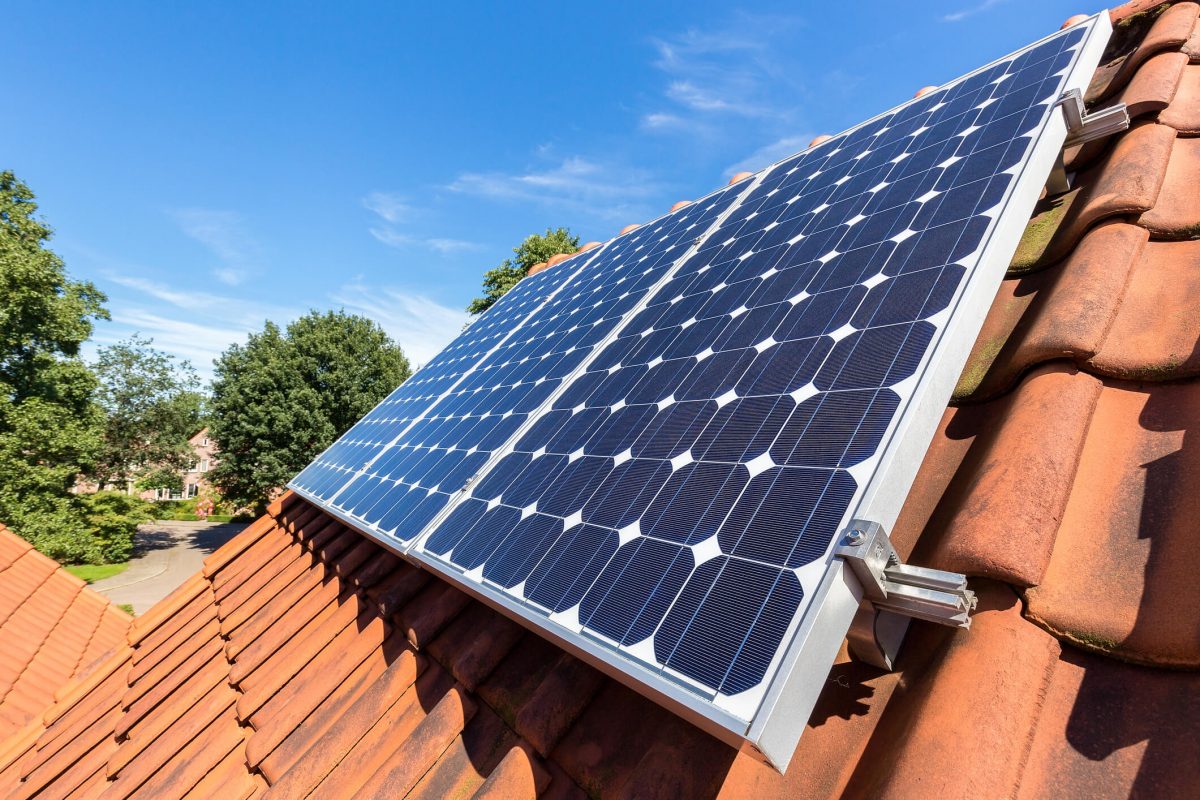Solar power investments deliver remarkable financial returns that extend far beyond reduced electricity bills. As energy costs continue to rise, solar installations consistently generate 20-30% savings on monthly utilities while increasing property values by an average of $15,000. These sustainable energy systems not only create local jobs and transform local communities through workforce development, but also provide steady income streams through net metering and solar renewable energy credits (SRECs). With installation costs dropping 70% over the past decade and federal tax incentives covering up to 30% of system costs, solar power represents a shrewd investment that delivers both immediate savings and long-term financial security. Whether for individual homeowners or entire communities, solar energy’s economic advantages make it an increasingly attractive option for those seeking to combine environmental responsibility with sound fiscal planning.
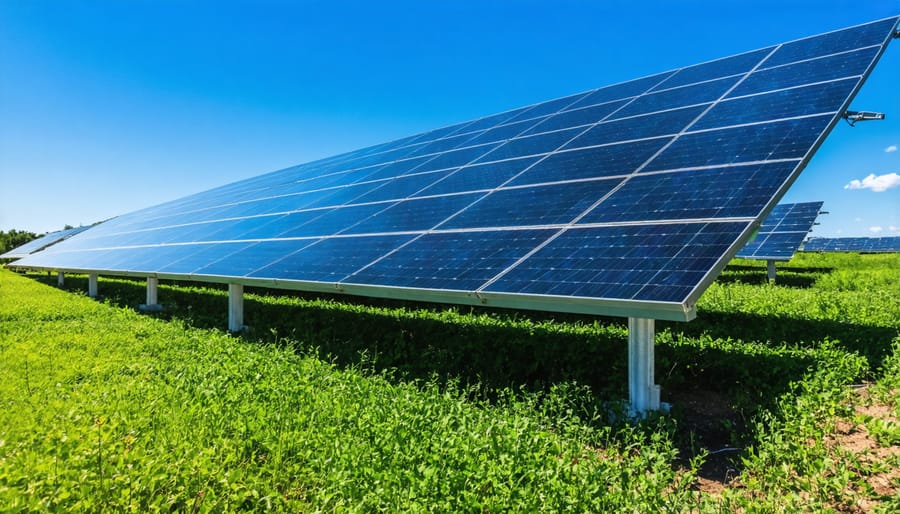
Direct Financial Benefits for Participants
Reduced Energy Bills
Installing solar panels can significantly reduce your monthly electricity bills, offering immediate and long-term financial benefits. Most homeowners see a 50-90% reduction in their energy costs from day one, depending on their energy consumption patterns and solar system size. This translates to average monthly savings of $100-$200 for typical households, with some saving even more in regions with higher electricity rates.
The savings are particularly impressive when you consider rising utility costs. While traditional electricity rates continue to climb by 2-3% annually, your solar energy costs remain stable. This means your savings actually increase over time as conventional energy becomes more expensive. Many homeowners report complete payback of their initial investment within 5-8 years through these reduced bills.
Additionally, net metering programs allow you to earn credits for excess energy your system produces during sunny days. These credits offset your nighttime energy usage or can be applied to future bills, maximizing your savings potential. Some households even achieve net-zero electricity bills during peak production months, essentially eliminating their energy costs completely.
Low Initial Investment
Community solar programs have revolutionized access to solar energy by dramatically lowering the financial barriers to entry. Unlike traditional private solar installations that can cost $15,000 to $25,000 upfront, community solar typically requires no initial investment or equipment purchases. Subscribers can join a local solar farm without installing panels on their property, eliminating expenses for hardware, installation, and maintenance.
Most community solar providers offer free enrollment and flexible subscription terms, making it possible for renters and homeowners alike to benefit from solar savings. Some programs even cater to low-income households through special rates and payment plans, ensuring that clean energy access isn’t limited by financial status.
This accessibility stands in stark contrast to private solar installations, which often require significant home equity or solar loans to finance. While traditional solar installations eventually pay for themselves, the high upfront costs can be prohibitive for many households. Community solar removes this financial hurdle, allowing participants to start saving on their energy bills immediately without taking on debt or depleting their savings.
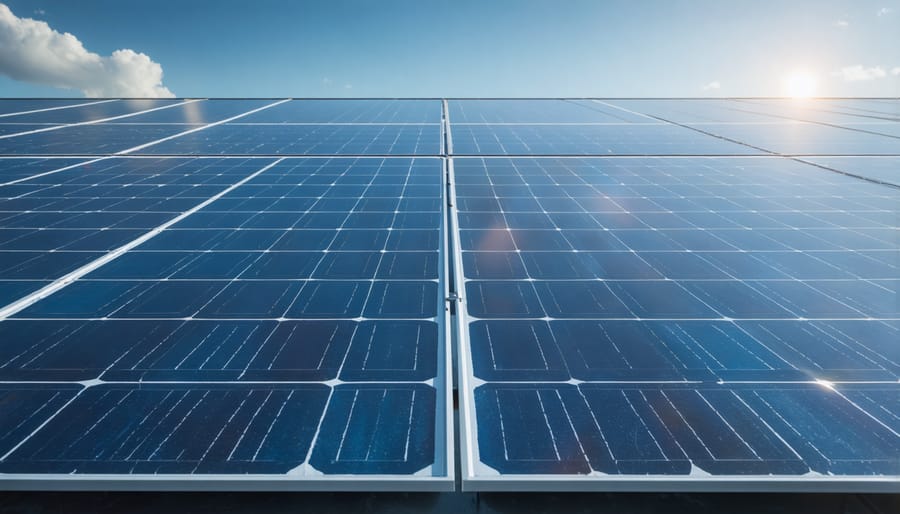
Local Job Creation and Economic Growth
Construction and Installation Jobs
The solar industry continues to be a powerful job creator, with construction and installation positions leading the way in employment opportunities. These jobs provide stable, well-paying careers that can’t be outsourced, as they require on-site work and local expertise. Solar installers, electricians, project managers, and construction workers are in high demand as more homeowners and businesses make the switch to solar energy.
The average solar installation project creates between 15-30 direct jobs during the construction phase, ranging from site preparation to final system connection. These positions often pay above-average wages and frequently include benefits packages. Entry-level installers can expect to earn between $18-25 per hour, while experienced project managers can command salaries exceeding $80,000 annually.
What’s particularly encouraging is that these jobs are accessible to workers with various educational backgrounds. Many positions require only a high school diploma and relevant certification, which can often be obtained through vocational training programs or apprenticeships. As the solar industry continues to grow, many companies offer on-the-job training and career advancement opportunities.
The construction and installation sector of the solar industry also creates indirect jobs in manufacturing, supply chain management, and transportation, multiplying the economic benefits throughout local communities.
Long-term Maintenance Positions
The solar industry continues to create stable, well-paying jobs in maintenance and operations, offering long-term career opportunities for local communities. While solar installations have long-term maintenance requirements, this translates into sustained employment for technicians, inspectors, and cleaning specialists.
These positions typically include regular system monitoring, performance optimization, and preventive maintenance tasks. Solar maintenance technicians earn competitive salaries, with the average annual income ranging from $45,000 to $60,000, depending on experience and location. Many of these roles require specialized training but not necessarily a college degree, making them accessible career paths for many workers.
Local communities benefit from these positions as they cannot be outsourced – the physical presence of technicians is essential for maintaining solar installations. Additionally, as solar installations continue to grow, the demand for maintenance professionals increases proportionally, creating a stable job market. These roles often come with benefits packages and opportunities for advancement as technicians gain expertise and certifications.
The maintenance sector also supports numerous auxiliary positions in scheduling, customer service, and management, further contributing to local economic growth.
Property Value Enhancement
Community solar projects have emerged as a significant driver of local property values, offering homeowners and communities a compelling financial advantage beyond energy savings. Studies consistently show that neighborhoods with community solar installations experience notable increases in property values, typically ranging from 3% to 8%. These property value benefits stem from multiple factors, including reduced energy costs, improved grid reliability, and enhanced community appeal.
Properties near well-planned solar installations often attract environmentally conscious buyers willing to pay premium prices. The presence of community solar projects signals a forward-thinking, sustainable neighborhood, which increasingly resonates with modern homebuyers. Real estate professionals report that homes with access to community solar programs typically spend less time on the market compared to similar properties without such benefits.
Furthermore, community solar projects often lead to infrastructure improvements and beautification efforts in surrounding areas. These developments frequently include landscape enhancements, upgraded power distribution systems, and modern energy management capabilities, all of which contribute to higher property values throughout the neighborhood.
The positive impact on property values tends to be most pronounced in areas where community solar projects are thoughtfully integrated into the existing landscape and accompanied by proper maintenance agreements. This ensures long-term aesthetic appeal while providing tangible financial benefits to property owners. Many communities also find that the presence of solar installations helps attract new businesses and residents, creating a virtuous cycle of economic growth and property value appreciation.
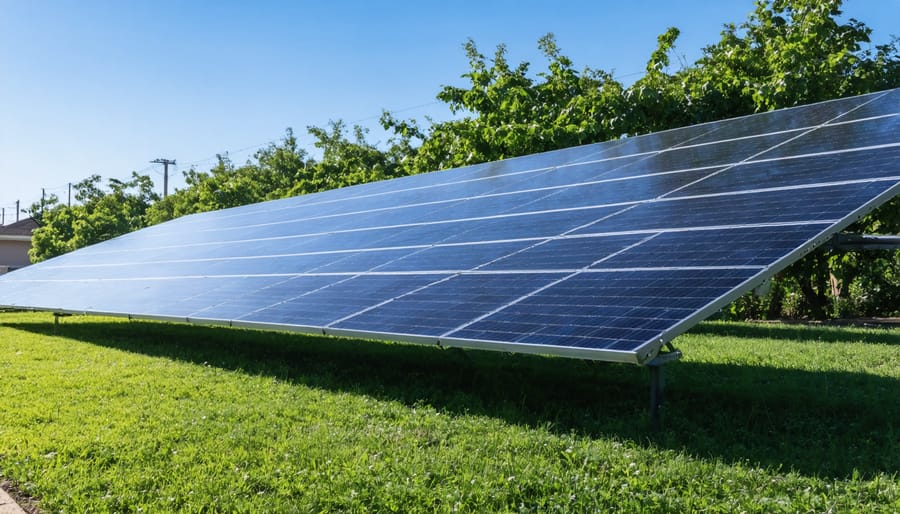
Community Revenue Generation
Solar power installations bring significant financial benefits to local communities through various tax revenue streams and economic opportunities. When solar projects are developed, they generate property tax revenue for municipalities, helping fund essential services like schools, roads, and emergency services. Unlike traditional property developments, solar installations require minimal municipal services while providing steady, long-term tax income.
Many communities have implemented Payment in Lieu of Taxes (PILOT) programs, which create predictable revenue streams from solar installations. These agreements typically guarantee fixed payments over 15-25 years, providing stable funding that local governments can count on for budget planning.
Beyond direct tax revenue, solar projects often contribute to local permit fees and create new job opportunities in installation, maintenance, and related services. Some communities have established solar workforce development programs, training local residents for these emerging careers and keeping economic benefits within the community.
Solar farms on previously unused or underutilized land can transform vacant properties into revenue-generating assets. This is particularly beneficial for agricultural communities, where solar installations can provide farmers with steady income through land lease agreements while still allowing for some agricultural use through dual-use farming practices.
Local governments can also benefit from reduced energy costs by incorporating solar power into municipal buildings and operations. These savings can be redirected to other community services or used to keep local tax rates stable. Additionally, communities that embrace solar development often attract environmentally conscious businesses and residents, contributing to broader economic growth and property value increases throughout the area.
Small Business Benefits
Local businesses can significantly reduce their operating costs by participating in community solar projects. Instead of installing expensive rooftop systems, businesses can subscribe to a share of a local solar farm, immediately cutting their electricity expenses by 10-20% on average. This arrangement requires no upfront investment or maintenance costs, making it particularly attractive for small enterprises with limited capital.
Beyond direct savings, businesses can leverage their solar participation for marketing advantages. Customers increasingly prefer environmentally responsible companies, and participation in community solar demonstrates a tangible commitment to sustainability. This can enhance brand reputation and attract eco-conscious consumers.
Additionally, businesses can benefit from predictable energy costs, protecting them from utility rate fluctuations. Some companies even generate additional revenue by leasing their unused roof space or land to solar developers. Local businesses also benefit from the increased economic activity that community solar projects bring to the area, including new jobs and increased foot traffic from project workers and visitors.
Furthermore, businesses can network with other local participants, creating valuable community partnerships and strengthening their local business ecosystem.
Solar power offers clear economic advantages for homeowners and communities alike, from reduced energy bills to increased property values and local job creation. By investing in solar energy today, you’re not just saving money – you’re contributing to a more resilient and prosperous local economy. Join your neighbors in embracing solar power and help build a more sustainable, financially secure future for our community.

